8 types of onions and what you can do with them
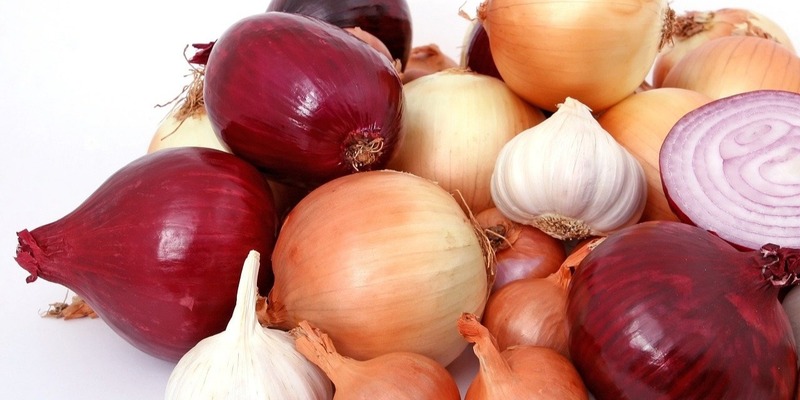
The humble onion is an incredibly versatile vegetable - you can eat it in endless ways: raw, caramelized, grilled, sautéed, fried, and more. Adding onions to a recipe can enhance flavor and texture. But which onion varieties are best for cooking? Which onions are best to eat raw? We explain the nutritional benefits and help you choose the best onion for your recipe.
What makes onions so healthy?
Onions are a nutritious staple in the kitchen: they contain allyl sulfides and are a source of vitamin C and magnesium. White, red and yellow onions contain quercetin, an antioxidant compound. There are actually hundreds of varieties of onions, but that would just be information overload. Instead, we've listed the most common onion varieties, plus a few tips on cooking and preparation.
1. yellow onions
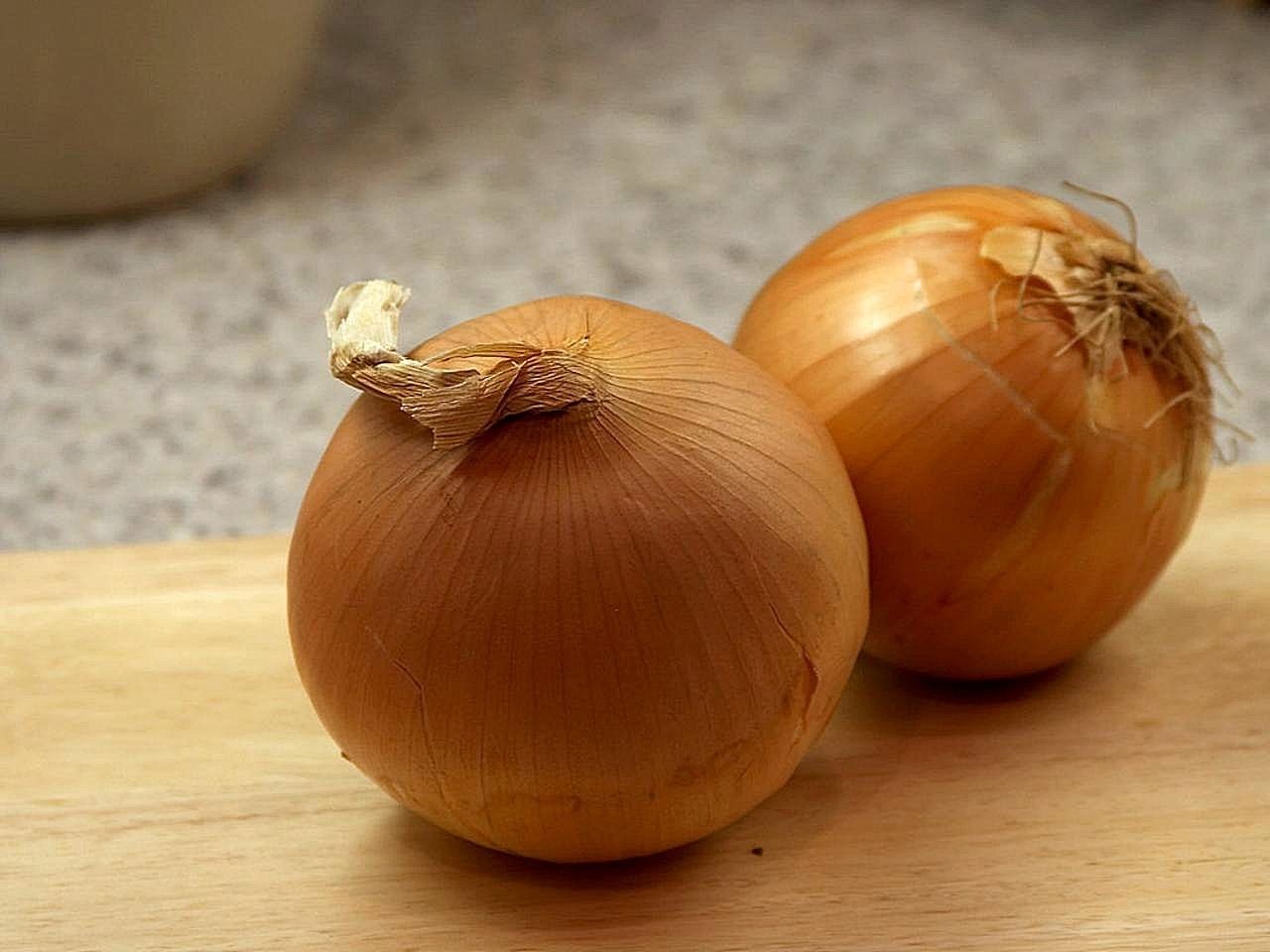
When in doubt, yellow onions are the safest choice for recipes where the onion variety is not specified. They are very versatile and can be used in soups, stews and roasts. Yellow onions have a good balance of sweet and spicy. However, they can taste so spicy that you don't want to eat them raw unless you try this trick: To reduce the spiciness of the onion, cut it into paper-thin slices and soak them in a bowl of cold water 15 minutes before serving.
2. red onions
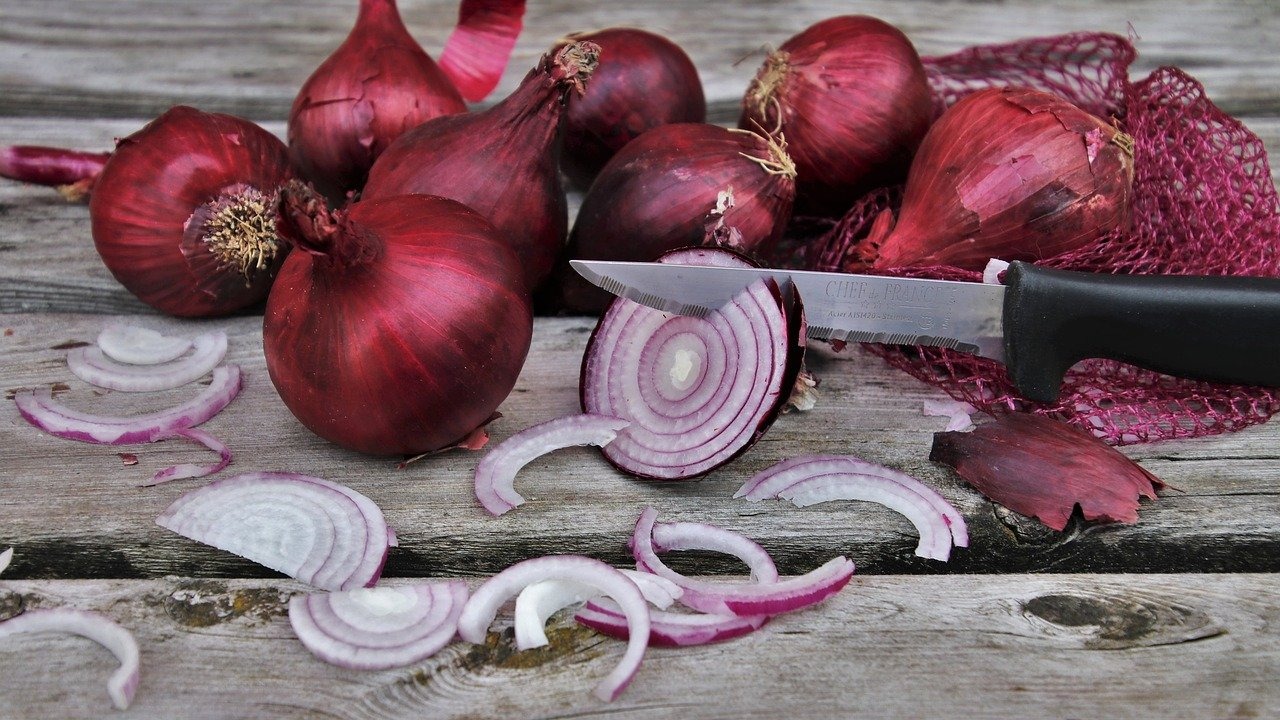
Red onions have a slightly crunchier texture and are deep ruby red in color. The color comes from anthocyanins, a powerful antioxidant. Because of their crispness and color, red onions are often used in salads and for pickling. They're also sprinkled on tacos and pizzas for a pretty splash of color. Want to pickle red onions quickly? Simply soak thinly sliced red onions in apple cider vinegar. Soaking the onions in an acidic liquid can reduce the strong onion flavor and introduce a new vinegar taste.
3. white onions
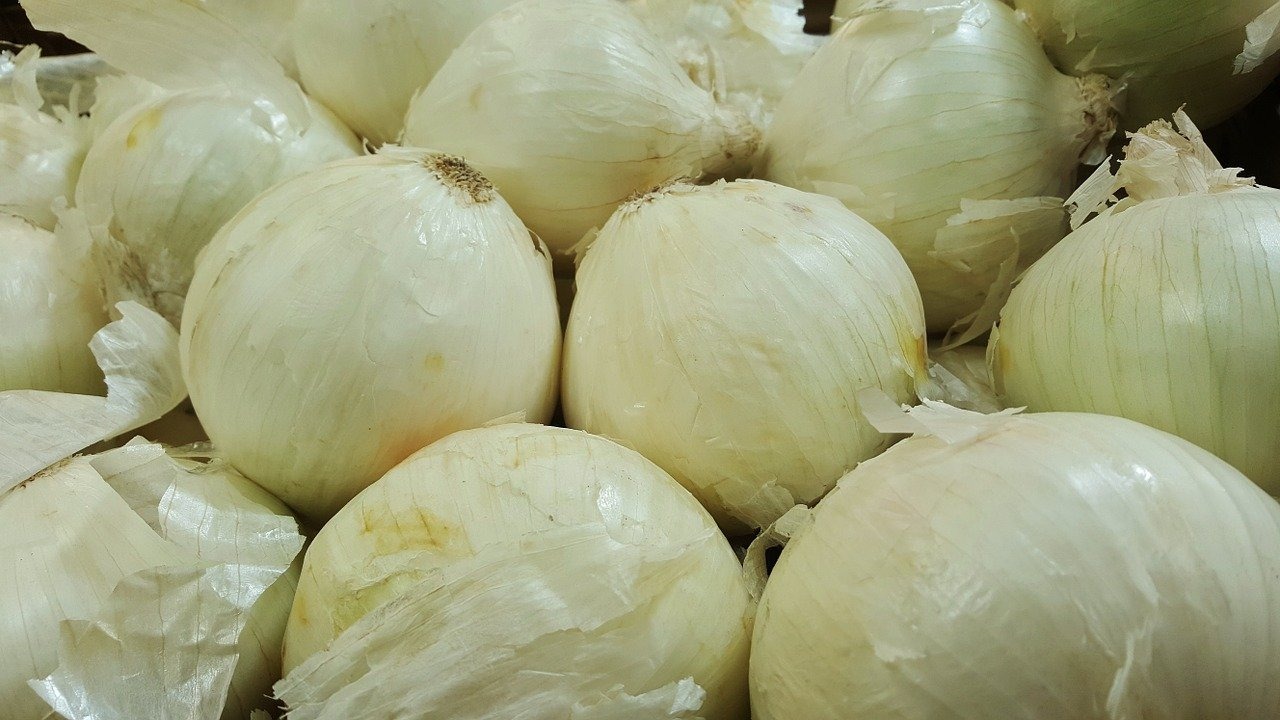
What is the big difference between white and yellow onions? White onions have a sharper, spicier onion flavor. They are often used in Mexican cooking (tacos, salsa) and served on hot dogs, burgers and sandwiches. To lessen the onion flavor, you can use the same trick as above: Soaking in water.
4. sweet onions
Some onions have a higher sugar content and are known as "sweet onions". Their sweetness makes them perfect for making golden, caramelized onions. To find sweet onions in the supermarket, look for specific varieties like:
- Vidalia
- Bermuda
- Maui
- Walla Walla
5. pearl onions
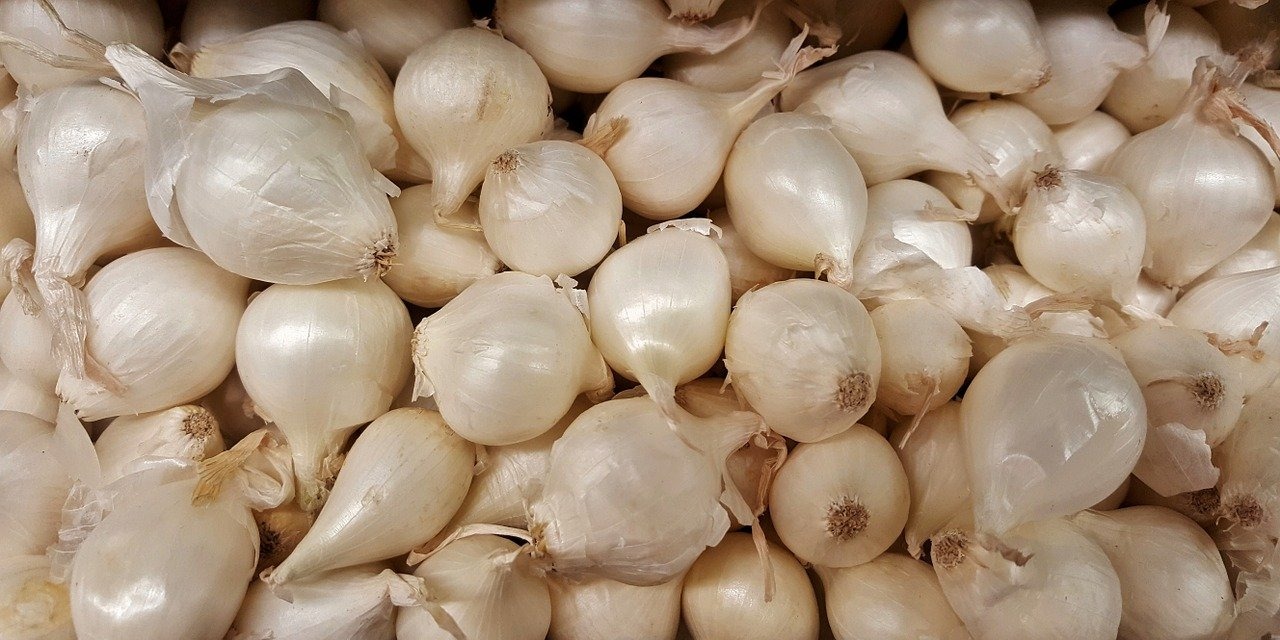
Pearl onions are small baby onions with a diameter of about 2.5 cm. These onions have a mild flavor and are sweeter than regular sized onions. They are often used in soups and stews - and you can even use them as a martini garnish! They are usually cooked whole - the tricky part is peeling them cleanly.
Pro tip for peeling:
Cut off the tops of the onion, then boil them in water for 2 minutes. Once cool enough to handle, squeeze the onion from the root end until it pops out of the skin.
6. shallots
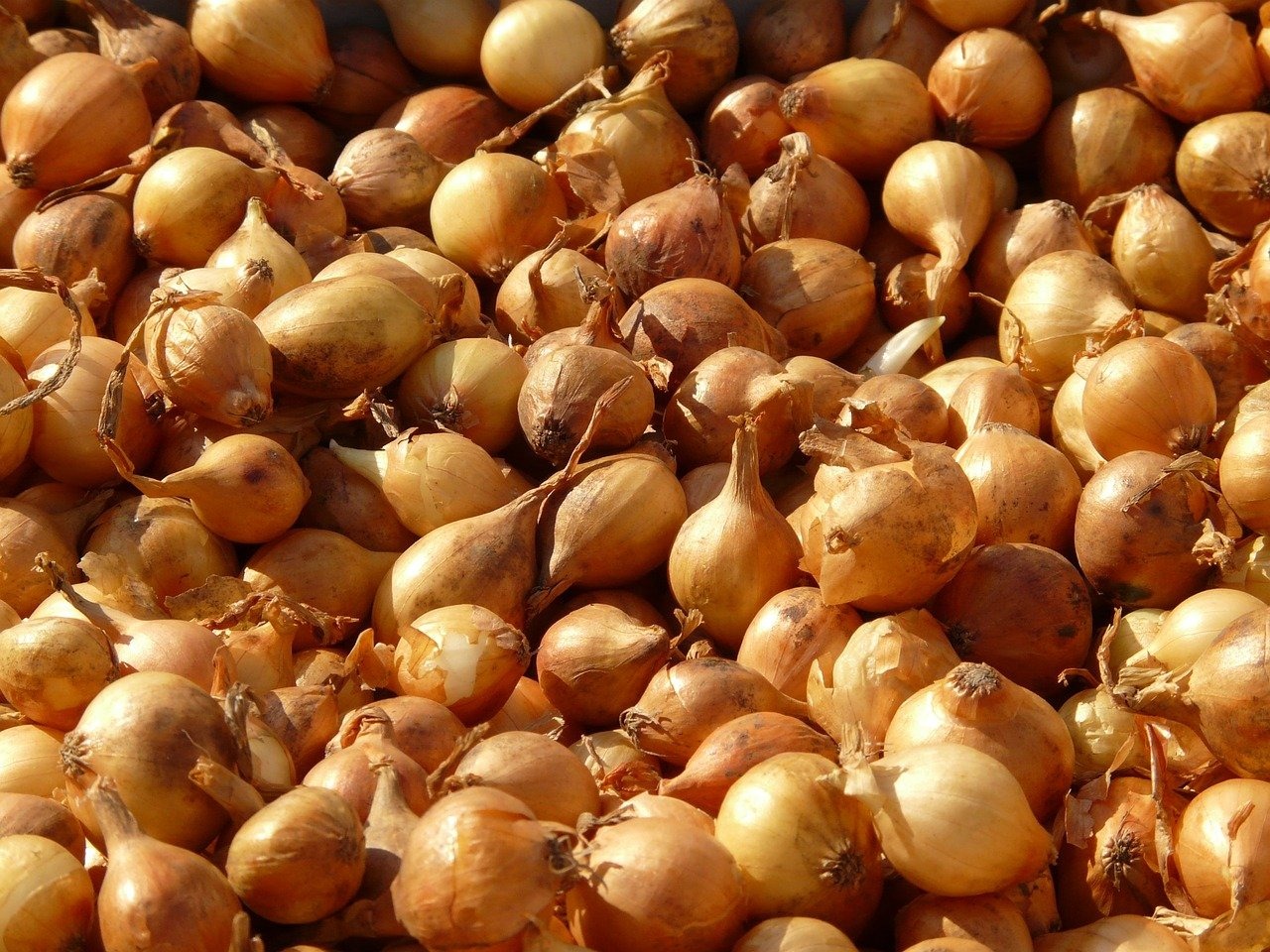
These onion-shaped relatives of the onion have a mild but distinctive aroma and taste like a cross between onion and garlic. Shallots are more commonly used in Asian cuisine, but are versatile enough to be used in any kitchen. You can substitute scallions for onions in almost any recipe and vice versa - just use whatever you have on hand.
7. spring onions
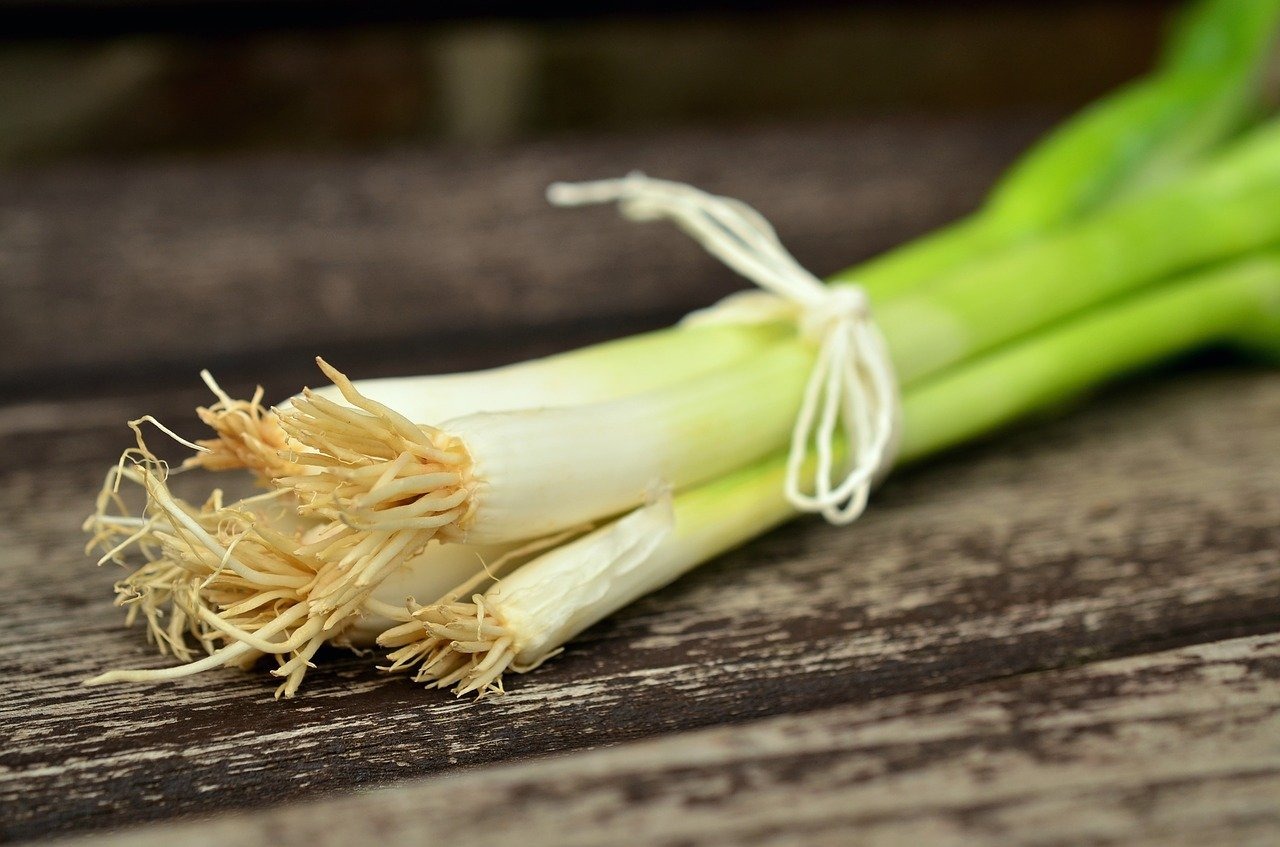
Spring onions are also known as green onions. They are sweet and have a much lower pungency than onions, making them perfect for eating raw. Chopped scallions are great for garnishing soups, stir-fries, pasta, omelets - basically any dish that needs a touch of green!
8. leeks
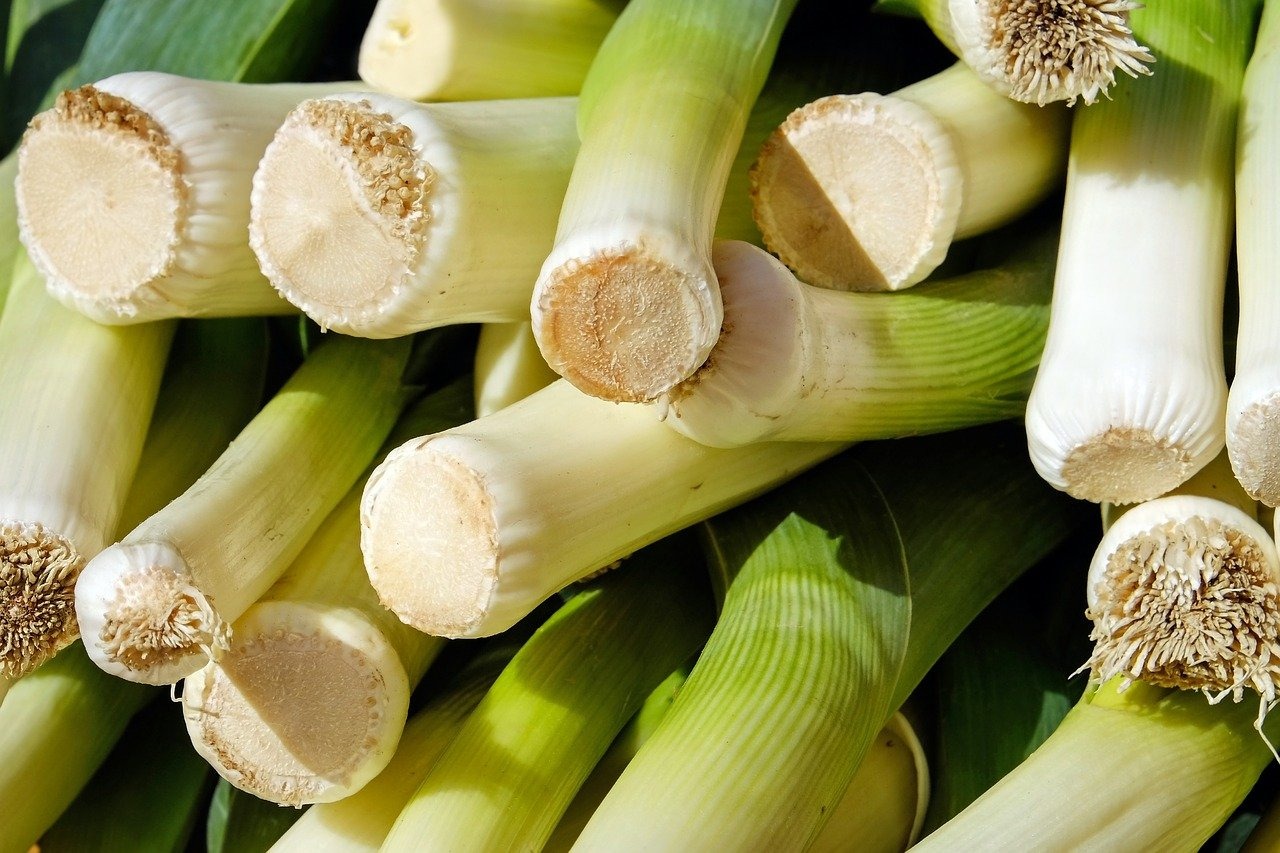
Leeks look like giant stalks of scallions and are much milder than a regular onion. It's a hearty winter vegetable that's classically seen in soups, casseroles and roasts. Because the leaves of the leek are tightly packed, they notoriously trap a lot of dirt, so make sure you rinse them well.
To prepare:
- Cut off the tips
- Slightly cut the stems in half
- Clean the layers under cold water
More information
Always consult your healthcare provider to ensure that the information displayed on this page applies to your personal circumstances.


















